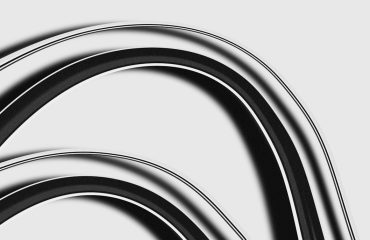body { font-family: sans-serif; line-height: 1.6; }
h1, h2, h3 { color: #333; }
h1 { font-size: 2.5em; }
h2 { font-size: 2em; }
h3 { font-size: 1.5em; }
The European Union’s CE marking is more than just a logo; it’s a passport to the vast European market for steel products. This comprehensive guide will unravel the complexities of CE certification for steel, providing a clear understanding of the procedures, requirements, and benefits for manufacturers and suppliers.
Understanding the CE Marking for Steel
The CE marking (Conformité Européenne) signifies that a product meets the essential requirements of all applicable EU directives. For steel products, this often involves directives related to construction products (CPR – Construction Products Regulation), machinery safety, and potentially others depending on the specific application of the steel. It’s crucial to identify all relevant directives applicable to your specific steel product before embarking on the certification process. Failure to comply can lead to significant penalties and market exclusion.
Key Directives and Standards Affecting Steel CE Certification
The CPR (Regulation (EU) No 305/2011) is a cornerstone for most construction-related steel products. It mandates the declaration of performance (DoP), which outlines the product’s characteristics and conformity assessment procedures. Harmonized European standards (hEN) provide technical specifications that help manufacturers demonstrate compliance with the essential requirements. These standards are crucial; using them significantly simplifies the certification process. For example, standards related to tensile strength, yield strength, impact resistance, and chemical composition are essential for many steel products. Beyond the CPR, other directives might apply depending on the final use, such as machinery directives for steel components in machinery or specific directives for pressure equipment.
The Process of Obtaining CE Certification for Steel
The path to CE certification involves several key steps:
- Product Identification and Directive Identification: Determine the exact product and all relevant EU directives.
- Standard Selection and Compliance: Select the appropriate harmonized European standards and ensure your product meets their requirements.
- Testing and Verification: Conduct necessary testing to verify compliance with the chosen standards. This often involves third-party testing laboratories accredited by notified bodies.
- Internal Production Control (IPC): Establish a robust internal production control system to ensure consistent product quality and conformity.
- Declaration of Performance (DoP): Prepare and sign a DoP, a formal declaration confirming compliance with the relevant directives and standards.
- CE Marking and Affixing: Affix the CE marking to the product and its packaging.
- Technical File Maintenance: Maintain a comprehensive technical file documenting the entire certification process.
The Role of Notified Bodies in Steel CE Certification
Notified bodies are independent organizations designated by EU member states to assess the conformity of products. Their involvement varies depending on the chosen conformity assessment procedure (Module). For complex steel products or those requiring higher levels of assurance, a notified body’s involvement is mandatory. They may conduct factory inspections, review the technical documentation, witness testing, and issue certificates of conformity. Choosing a reputable and accredited notified body is vital for ensuring the credibility and acceptance of your CE marking.
Benefits of CE Certification for Steel Products
Obtaining CE certification offers numerous advantages:
- Access to the European Market: It’s a prerequisite for selling steel products within the EU.
- Enhanced Credibility and Trust: The CE marking reassures customers about the product’s safety and quality.
- Competitive Advantage: It distinguishes your products from those without CE marking.
- Reduced Risks: Proper certification minimizes the risk of legal issues and penalties.
- Improved Brand Reputation: Demonstrates commitment to quality and regulatory compliance.
Navigating the CE certification process for steel products can be challenging, but with careful planning and adherence to the regulations, it’s a crucial step towards success in the European market. Remember to consult with experts and notified bodies to ensure a smooth and efficient process.
Tags: CE Certification, Steel Certification, Construction Products Regulation (CPR), European Standards, Notified Bodies, Steel Products, EU Directives, Conformity Assessment




